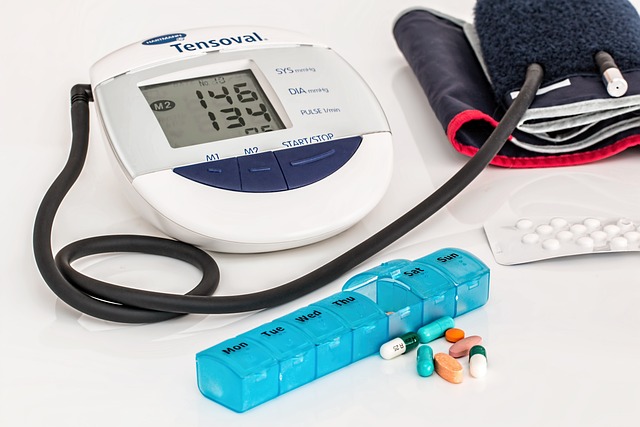The Future of Healing: Embracing Robots in Patient Treatments
As we stand on the threshold of unprecedented advancements in technology, one area that is witnessing a transformative shift is healthcare. Within this realm, robots in patient treatments are not just a distant dream; they are becoming a reality, innovating the ways we deliver and receive care.
Imagine walking into a hospital and seeing robotic arms deftly conducting intricate surgeries, or AI-driven systems analyzing your health data in real-time to provide tailored care plans. With each innovation, the role of healthcare professionals evolves, allowing them to focus on what they do best – caring for patients. This synergy between human touch and robotic precision promises to enhance the efficiency and effectiveness of treatments.
Healthcare Innovations Leading the Charge
One of the most groundbreaking innovations is the use of surgical robots. These sophisticated machines are designed to assist surgeons with unparalleled accuracy. For instance, robotic prostatectomies allow for minimally invasive procedures that significantly reduce recovery time and discomfort for patients. Coupled with enhanced imaging technologies, robots can navigate through the human body with amazing precision, ensuring that even the most delicate operations are performed with utmost care.
Beyond surgery, the integration of robots in everyday patient care is reshaping the healing landscape. Robots equipped with AI can monitor patients’ vital signs more accurately than traditional methods. They can alert healthcare providers to any abnormalities in real-time, effectively acting as the first line of defense against potential health crises. These innovations not only improve patient outcomes but also make healthcare systems more resilient and proactive.
Empowering Health Professionals
The incorporation of robots in patient treatments is not just about technology; it also empowers healthcare professionals. By automating routine tasks such as medication delivery and patient data logging, robots free up valuable time for nurses and doctors. This allows them to engage more deeply with their patients, fostering a more compassionate and attentive healthcare environment.
Furthermore, robots can serve as companions to patients, particularly in rehabilitation settings. For example, robotic exoskeletons help individuals regain mobility after surgeries or injuries, promoting a quicker and more efficient recovery. Patients often find comfort in having a robotic assistant, which not only supports their physical needs but also encourages emotional well-being.
Challenges and Considerations
While the benefits are immense, the transition to incorporating robots in patient treatments is not without its challenges. Ethical considerations, data security, and the need for skilled personnel to operate these sophisticated machines must be addressed. Ongoing training and education for healthcare professionals are essential to ensure that the integration of robotic technology enhances – rather than detracts from – the human connection in care.
The future of healthcare is bright, and with the incredible potential of robotics, we stand to revolutionize patient treatments in ways we have only begun to imagine. Embracing these technologies not only fosters innovation but also paves the way for healthier, more efficient, and empowered communities.



